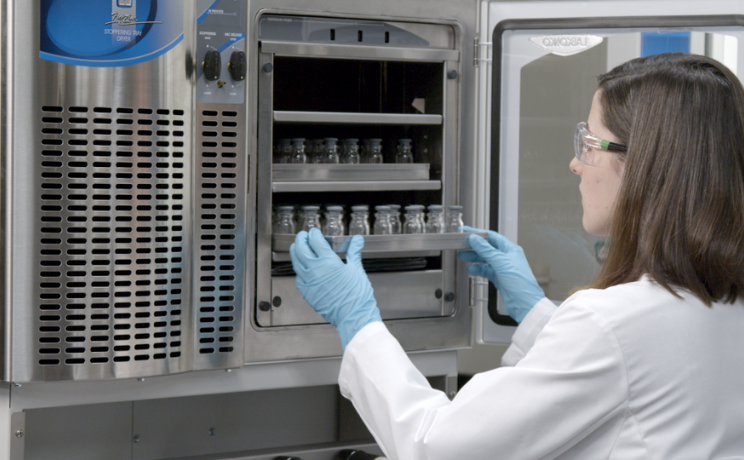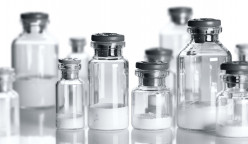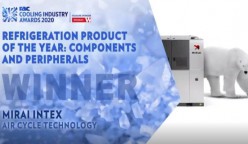Importance of Freeze-drying explained in common terms

The previous article which covered the technical part of the freeze-drying process in the context of the refrigeration field is available by clicking on the link here.
For the non-professionals, such words as lyophilization and freeze-drying could be very complex and almost incomprehensible. Mirai Intex, an engineering developer in the field of innovative refrigeration systems decided to explain everything, but this time in simple terms.
Briefly recall that our company takes an active position in relation to environmental protection and uses AIR as a refrigerant in technology, thereby reducing the amount of harmful substances emitted into the atmosphere. Our refrigeration technologies are absolutely safe to humans’ health since there is no risk of leakage of hazardous substances and potentially hazardous emergency situations of equipment operation. A pleasant point is that the cost of replenishing the refrigerant (AIR) is absolutely absent, and the maintenance of the system itself requires mere trifles.
In our dailiness, we don’t usually realize that this technology is firmly and directly related to our obvious day to day comfort.
For example, basic things that we supposedly use and with which we deal almost every day are medicines. Freeze-drying is used for the production of tablets or cachets (capsules), which have the advantage of fewer fillers and a rapidly absorbable and easy-to-administer dosage form.
Lyophilized pharmaceutical products in the form of powders are reconstructed in vials, more recently in injected syringes for self-administration by the patient. Remember, dry probiotic powders are often made by freeze-drying live microorganisms lactic acid bacteria and bifidobacteria. Pharmaceutical companies often use this technology to extend the shelf life of products such as drugs, viral vaccines, and other injectables.
This technology is also applicable, namely in PCR tests for SARS-CoV-2. Achieving successful freeze-drying of a product, reduces storage requirements in the cold chain and reduces product losses (due to expiration), thereby improving the sustainability of the product/ solutions, validity, and reliability of test results. In this case, errors associated with the improper handling of wet reagents can also be reduced. This reduces preparation time and therefore test productivity is much higher.
Actually, some types of coffee are also a product of freeze-drying technology. The amount of essential amino acids such as lysine, leucine, and phenylalanine are significantly higher in such coffee beans. In addition, several essential amino acids are retained, which greatly improves the taste.
Speaking about certain berries, they do not lose their taste along with their vitamin properties and all this again thanks to freeze-drying technology.
Freeze-dried foods are popular and convenient for tourists, like military rations or dinners for astronauts, due to the low weight per unit volume of recovered food. Briefly: taste, smell, and nutritional value usually remain unchanged, making this process popular for food preservation and ready for consumption adding water.
In summary, freeze-drying is less harmful to the substance than other dehydration methods and very relevant to use. Mirai Intex encourages and promotes new technologies in the field of ultra-low temperatures: storage, transportation (cold-chain), research, providing our refrigeration equipment of unsurpassed quality, and meeting all international standards. The main and priority task for the company is the introduction of “green” technologies in the refrigeration industry and by means of technologies to preserve the environment.

